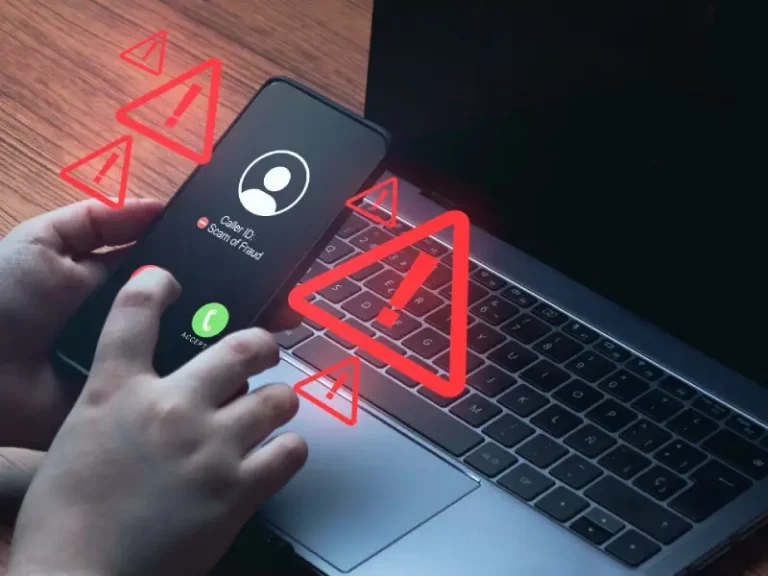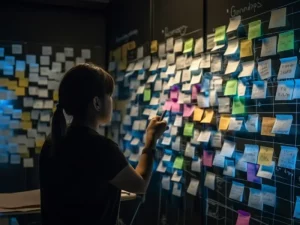Deepfakes are synthetic media: videos, images, or audio recordings generated using artificial intelligence to replicate real individuals. What started as harmless internet entertainment has evolved into a powerful deception tool. These manipulated pieces can make someone appear to say or do things they never actually did. The alarming part? Most people cannot tell the difference. With the help of generative adversarial networks (GANs), these creations become more convincing every day, blurring the line between fiction and truth.
What Are Deepfake Threats?
Deepfakes use artificial intelligence (AI), particularly deep learning, to create hyper-realistic synthetic media. Deepfakes represent a new frontier in cyber threats. Beyond misinformation, they are being used in phishing attacks and impersonation scams, imagine getting a voice note from your “boss” asking for sensitive data. When misused, they can spread misinformation, damage reputation, or trigger fraudulent actions. Key dangers of deepfake threats:
- Voice or video impersonation of trusted figures (e.g., executives, political leaders)
- Scams and fraud such as fake requests for wire transfers or confidential data
- Disinformation campaigns that manipulate public opinion or stock markets
- Blackmail/extortion using fabricated videos of a sensitive nature
The Rising Threat Landscape
Deepfake attacks are no longer hypothetical. Several cases have already made headlines, proving the real-world impact of this AI-powered deception. The weaponization of deepfakes is no longer just a theory; it is a reality. Politicians have been depicted making false statements, and companies have seen fake CEO videos used in scams. The damage is not just reputational; it can lead to real-world consequences like stock drops or public panic. Viral content spreads faster than fact-checkers can respond, and in that delay, trust is often irreversibly broken. The psychological impact of seeing something “with your own eyes,” even if fake, lingers long after the truth comes out.
Tools and Techniques for Detection
Detecting deepfakes is complex but possible. AI-based detection tools can analyze facial micro-expressions, audio mismatches, and digital artifacts. Some platforms also use blockchain technology to authenticate original content. But this is an arms race, deepfake technology improves constantly, so detection tools must evolve even faster. Human intuition still plays a role, especially when combined with technical verification methods. Collaboration between tech providers, governments, and cybersecurity firms is key to staying ahead. Preventive strategies include:
- Deepfake detection tools that analyze facial inconsistencies, audio mismatches, and visual artifacts
- Two-factor verification for identity confirmation in sensitive communications
- Employee training to raise awareness of AI-based social engineering
- Strict internal protocols for approving financial or data requests
- Watermarking and authentication for video/audio content
Deepfake Threats and the Future of Trust
The rise of deepfakes challenges how we verify truth in the digital world. As AI becomes more accessible, these threats will grow in frequency and sophistication. The key is to combine human intuition with AI-powered verification tools.
At Terrabyte, we encourage organizations to stay ahead by building digital literacy, investing in detection technology, and reinforcing internal controls, because trust is now one of your most valuable assets.




